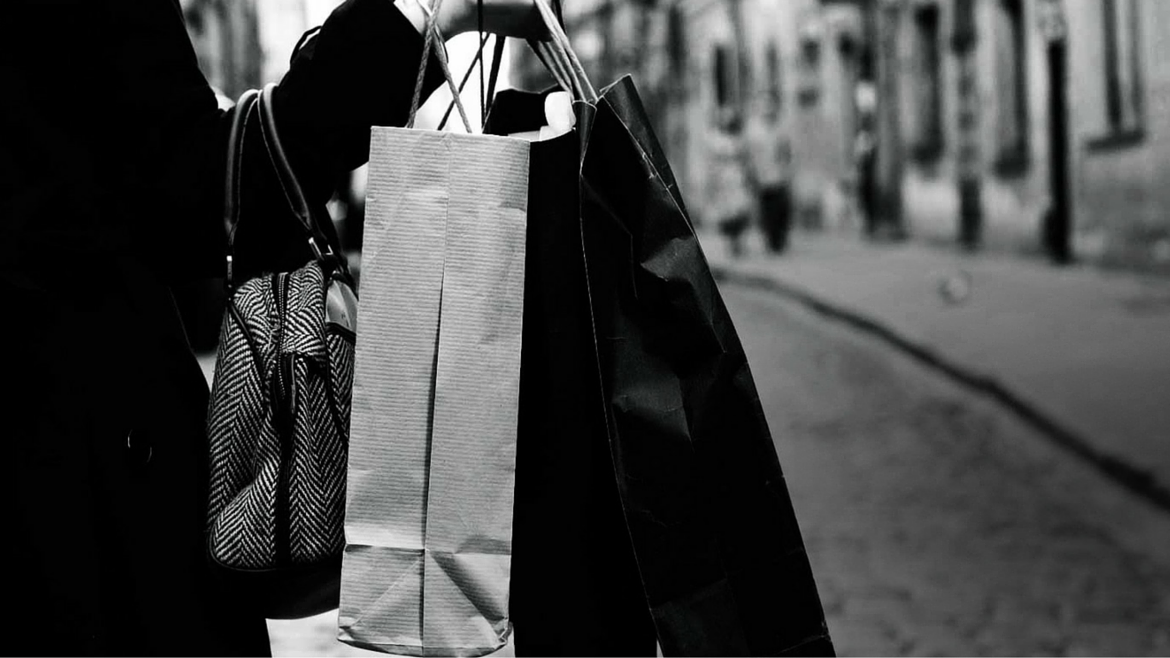Since the turn of the century, digital technology has become a critical component of most business models. Management and technology consultants have been re-platforming and improving processes of business efficiency. Customer relationships are becoming more direct and more immediate. User experience, understood narrowly as honing the digital features that consumers benefit from, is a booming field.
The price brands pay
Digital transformation has, however, fostered uniformity as each industry arrives at a consensus about which features are necessary. In air travel, now-ubiquitous travel management apps deliver booking, boarding cards and parking locators - even no-frills Ryanair joined the fray with its app ‘myRyanair’ in May 2016. Livery may be the only distinguishing characteristic for airlines that fly people between the same airports with the same facilities on the same model of airplane.
In retail, consumers may be hard pressed to tell the UK’s four major supermarkets apart in terms of customer experience. Loyalty scheme? Check. Click and collect? Check. Home delivery? Check. Even those which are perceived as coming late to online delivery - such as Morrisons - have been in the market since 2014.
Banks are in the same boat. Complementing their range of low-interest accounts, they have all rolled out mobile banking around similar balance checking and money transfer services and spending habits data.
Industry convergence around experiences that once signified disruption is in evidence everywhere, but born-digital brands face the greatest challenge. The epitomes of disruption, such as Uber, have found it increasingly difficult to differentiate themselves on experience alone, because winning features are easily replicable.
Learning from the past
In the experience economy, how will consumers choose between options that are similarly digitised, optimised, personalised and instant? Or more simply, how will we choose when everything is the same?
The answer, as it was for detergents in the 1950s, is not just to create good customer experiences, but to create differentiated brand experiences. Detergents used the same chemicals and packaging and offered ‘whiter whites’ on the same supermarket shelf. Differentiation was delivered by name and identity, and awareness through advertising as well as aggressive distribution strategies.
Nowadays, brand owners have made sure that the technology works, but is the choice of technology reflective of a promise that differentiates? Is the promise carried through a more complex on and offline ‘experience chain’; exploiting the full potential of a connected world to deliver ubiquitous, seamless, personalized, contextual, immediate and convenient products and services regardless of channel or location?
Vive la différence
Suffusing a powerful and distinctive proposition into a full brand experience proposition, covering every point of the increasingly connected journey from awareness to purchase, is achievable for both digital-origin and longer-established brands.
Car sharing services are not new but DriveNow, BMW’s response to increased urban congestion, shifts in consumption from ownership to access, and smartphone-driven service ecosystems is more than just a well-managed option.
The question for all brands has to be: Now that everything can be connected, what should we do differently?
The views and opinions expressed in this article are those of the authors and do not necessarily reflect the views of The Economist Intelligence Unit Limited (EIU) or any other member of The Economist Group. The Economist Group (including the EIU) cannot accept any responsibility or liability for reliance by any person on this article or any of the information, opinions or conclusions set out in the article.




